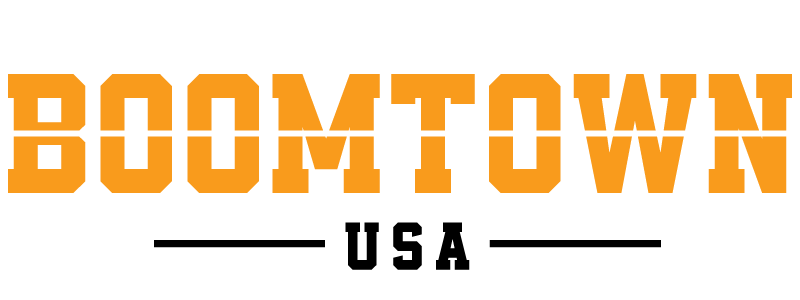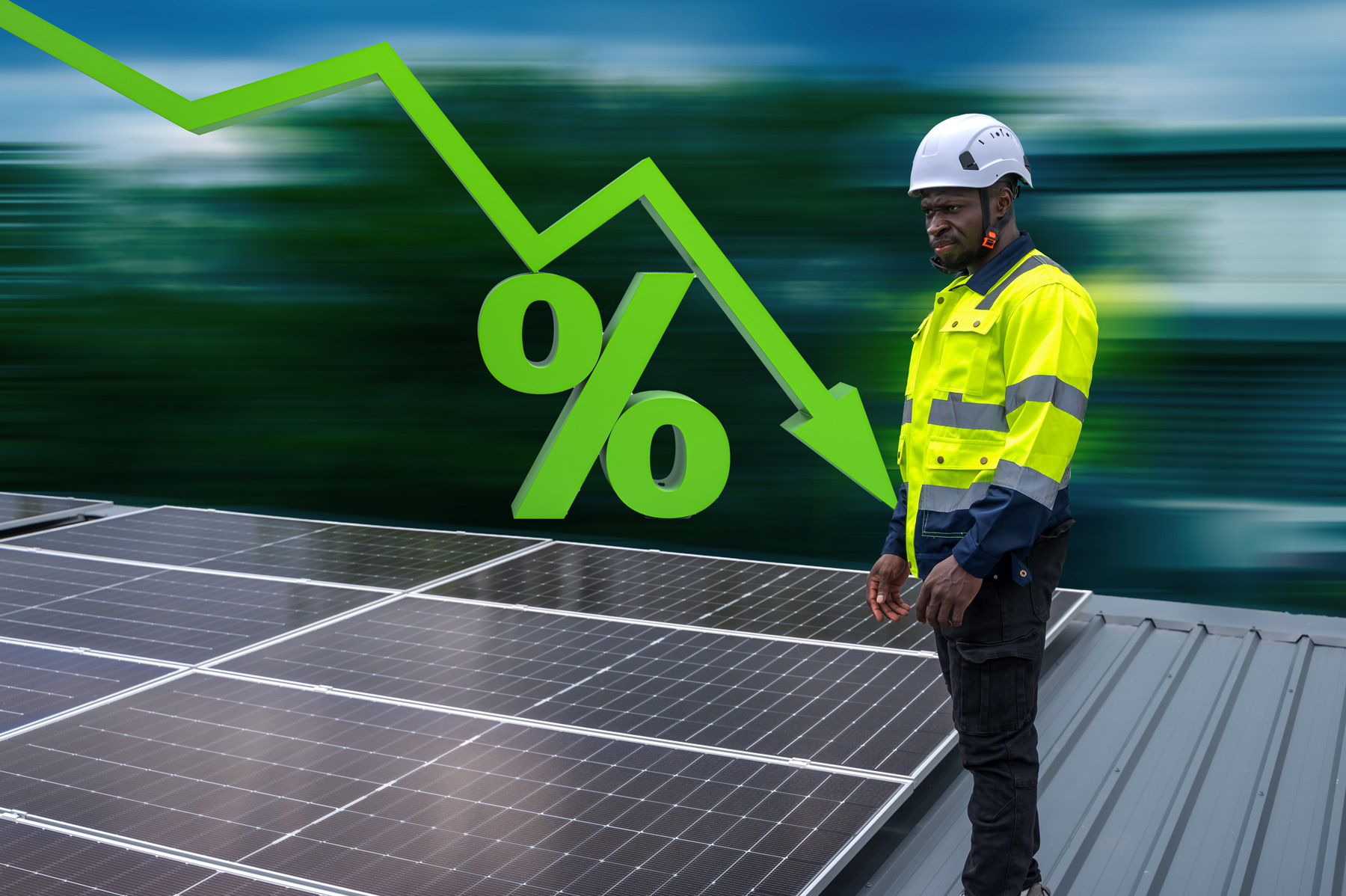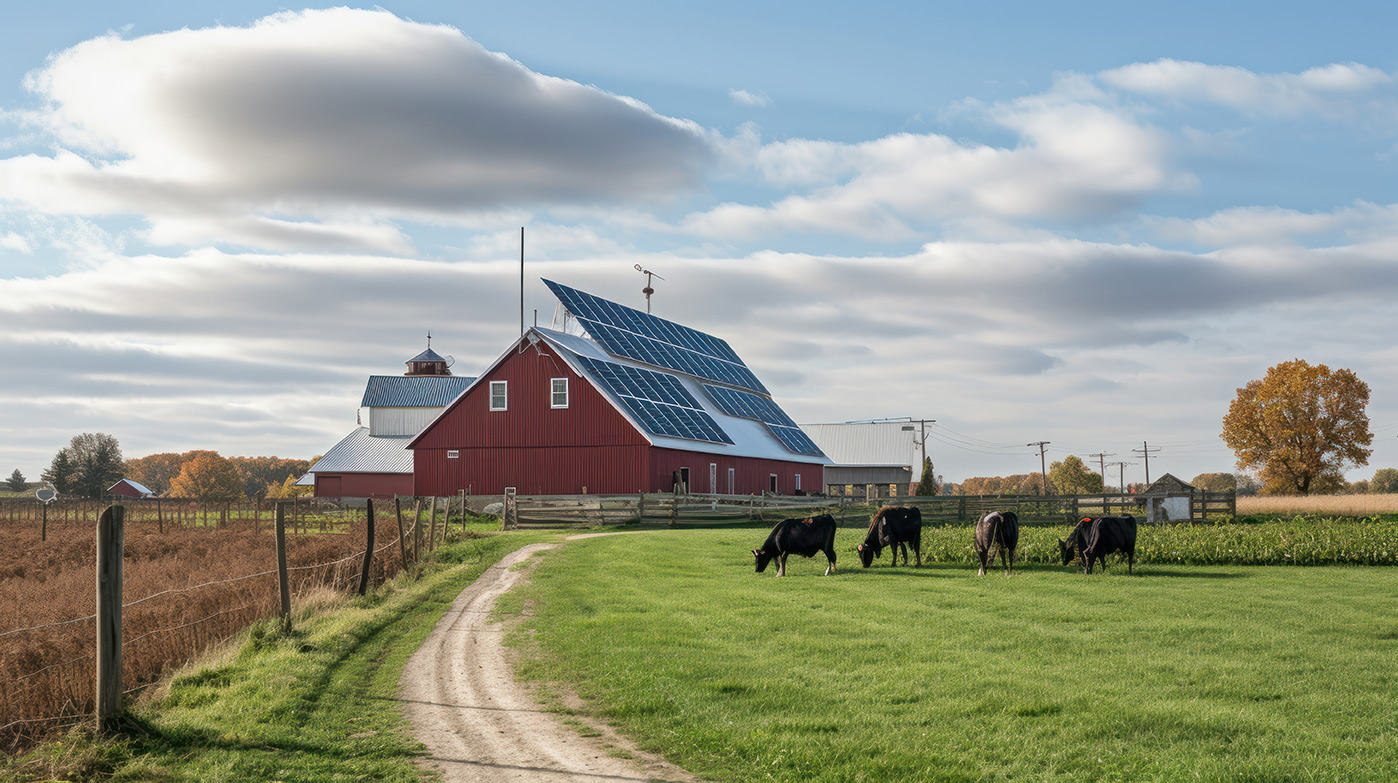Three Key Facts:
-
- Residents in low-income communities have the highest utility bills. Now, thanks to a $156 million grant from the U.S. EPA, thousands of these homes are about to get solar power as well as energy storage.
- Household energy costs are expected to be reduced by 20%.
- In addition to lower energy costs for low-income households, the program will create and support good-paying jobs in areas that need them most and help make homes more resilient to power failures.
-
People living in low-income areas are typically left behind when it comes to upgrading to clean, renewable energy. Now, thanks to a $156 million award from the U.S. Environmental Protection Agency (EPA), that’s about to change. The award will be used to lower the cost of community and rooftop solar for thousands of low-income and disadvantaged community households. Eligible households are expected to save at least 20% on their energy costs.
People living in these communities are not only low-income, they also pay more than most for their utilities. Ali Dirul, CEO of Ryter Cooperative Industries, a Detroit-based solar project management company, told The Detroit News, “There has been a very stark divide when it comes to underserved communities getting access to clean energy resources. These communities have been the most disadvantaged and the most looked over, but they also have the highest infrastructure needs. They also have the highest utility bills.”
Although disadvantaged communities are often found in urban areas in Michigan, as the Climate and Economic Justice Screening Tool (CEJST) mapping tool shows, many of them are also in rural areas. A one-year planning phase will take place from Fall 2024 and Fall 2025. Throughout the planning year, the State will develop criteria to further determine eligibility and prioritization.
The program, called MI Solar for All (MIFSA) brings other advantages, as well, not the least of which is good-paying jobs. Zachary Kolodin, chief infrastructure officer and director of the Michigan Infrastructure Office, said, “Through this initiative, we’re not only making solar energy more accessible to low-income households but also fueling job creation and strengthening our clean energy sector.”
Significant resources and engagement will be dedicated to clean energy workforce development, according to Governor Gretchen Whitmer’s office. The state is a Midwest leader in the clean energy sector, boasting nearly 128,000 clean energy workers, the sixth highest in the nation. According to the 2024 Clean Jobs America Report, clean energy businesses in Michigan added over 5,200 workers in 2023, growing at nearly twice the rate of the overall economy.
To overcome some of the barriers disadvantaged residents face in adopting energy options like solar, the MISFA program will also provide energy storage and resources for home upgrades like roof repairs that enable households to host rooftop solar.
Another benefit to the program is making homes more resilient in the face of power failures. Michigan has a notoriously unreliable electrical grid and, CEO Dirul said, “[To] have that power in times when the grid is unstable, that helps everybody.”
MIFSA also advances the Biden-Harris Justice40 Initiative, which has a goal that “40 percent of the overall benefits of certain Federal climate, clean energy, affordable and sustainable housing, and other investments flow to disadvantaged communities that are marginalized by underinvestment and overburdened by pollution.”
EPA Administrator Michael S. Regan said that, through the Biden-Harris Inflation Reduction Act, the administration is investing $7 billion nationally in solar energy projects like MIFSA for over 900,000 households through its “Solar For All” program. “The selectees will advance solar energy initiatives across the country, creating hundreds of thousands of good-paying jobs, saving $8 billion in energy costs for families, delivering cleaner air, and combating climate change.”
Project planning for the Michigan project is underway and will be done with input obtained by engaging with community members and integrating community feedback into the design of the program, including through a website. Work is slated to begin in July 2025 and wrap up by June 2029.





